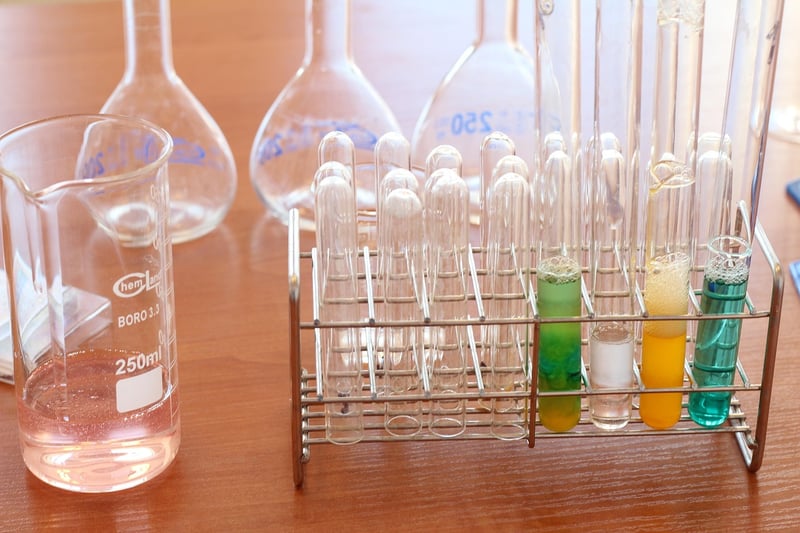Chemical Reactions
The Science of Food and Chemical Reactions
Food is not just a source of energy; it is also a fascinating world of science where chemical reactions play a crucial role in taste, texture, and nutritional value. Understanding these chemical reactions can help you become a better cook and appreciate the art of gastronomy on a whole new level.
Maillard Reaction: The Secret Behind Browning and Flavor
Have you ever wondered why seared steaks, roasted coffee beans, or toasted bread have that irresistible aroma and brown color? It's all thanks to the Maillard reaction. This chemical reaction between amino acids and reducing sugars creates complex flavor compounds and gives food its characteristic browned appearance.
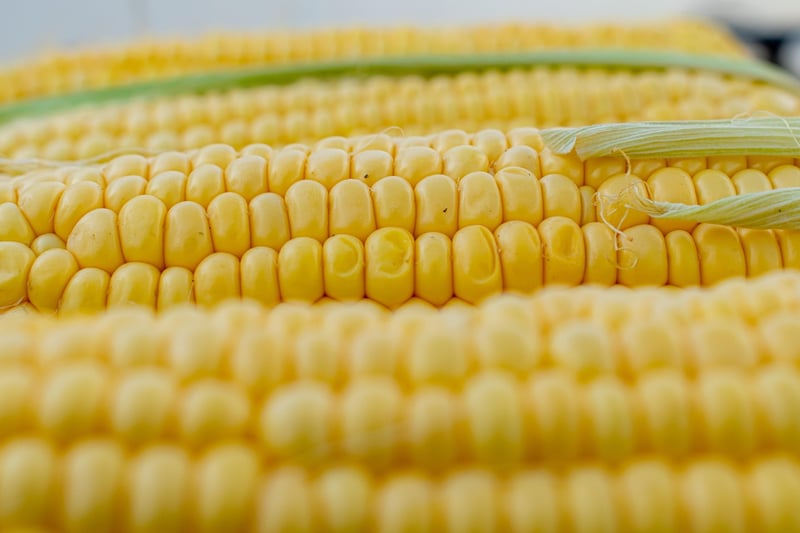
Emulsions: The Science of Creamy Sauces and Dressings
Emulsions are a delicate balance of water and oil held together by emulsifiers like egg yolks or mustard. Mayonnaise, hollandaise sauce, and vinaigrettes are all examples of emulsions. Understanding the science behind emulsions can help you create stable and creamy sauces and dressings.
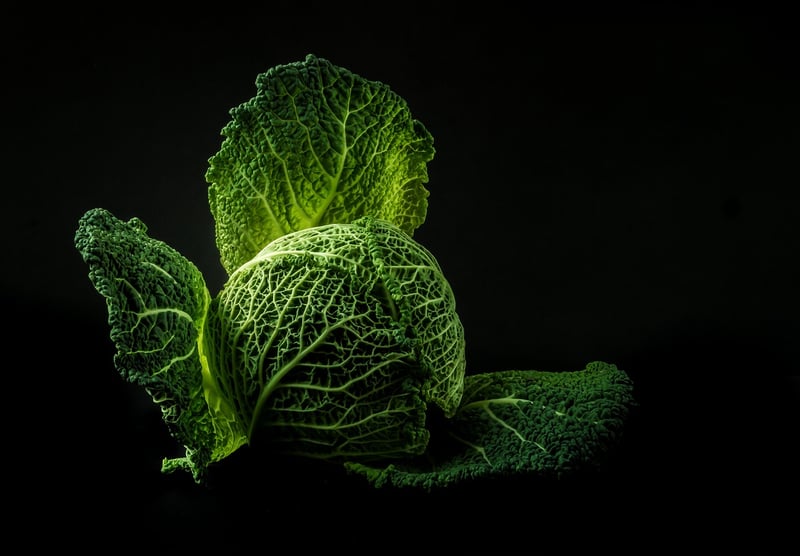
Fermentation: From Bread to Beer
Fermentation is a process where microorganisms like yeast and bacteria break down sugars to produce alcohol, acids, or gases. This process is responsible for the rise of bread, the tang of yogurt, and the bubbles in beer. Exploring fermentation can open up a world of homemade delights and unique flavors.
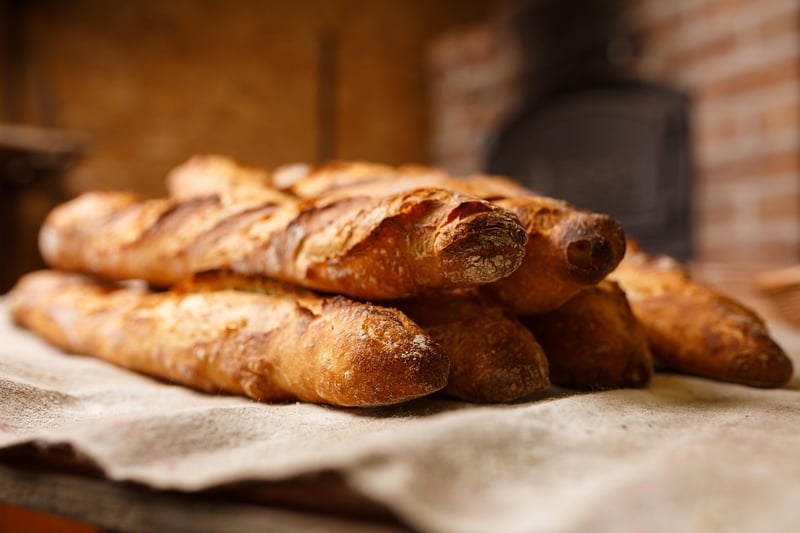
Enzymatic Browning: Why Do Apples Turn Brown?
Enzymatic browning occurs when enzymes in fruits and vegetables react with oxygen, leading to the browning of the produce. This is why sliced apples, avocados, and potatoes turn brown when exposed to air. Understanding enzymatic browning can help you prevent it and keep your fruits and vegetables looking fresh.
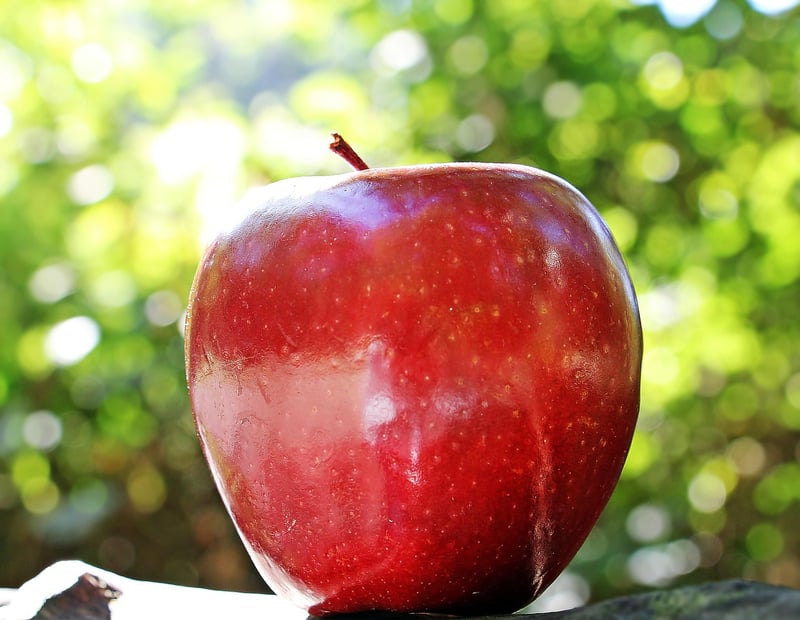
Conclusion
By delving into the science of food and chemical reactions, you can elevate your culinary skills, experiment with new techniques, and appreciate the magic that happens in your kitchen every time you cook. Embrace the science behind your meals, and let it inspire you to create delicious dishes that not only taste great but also tell a story of chemical transformations.
